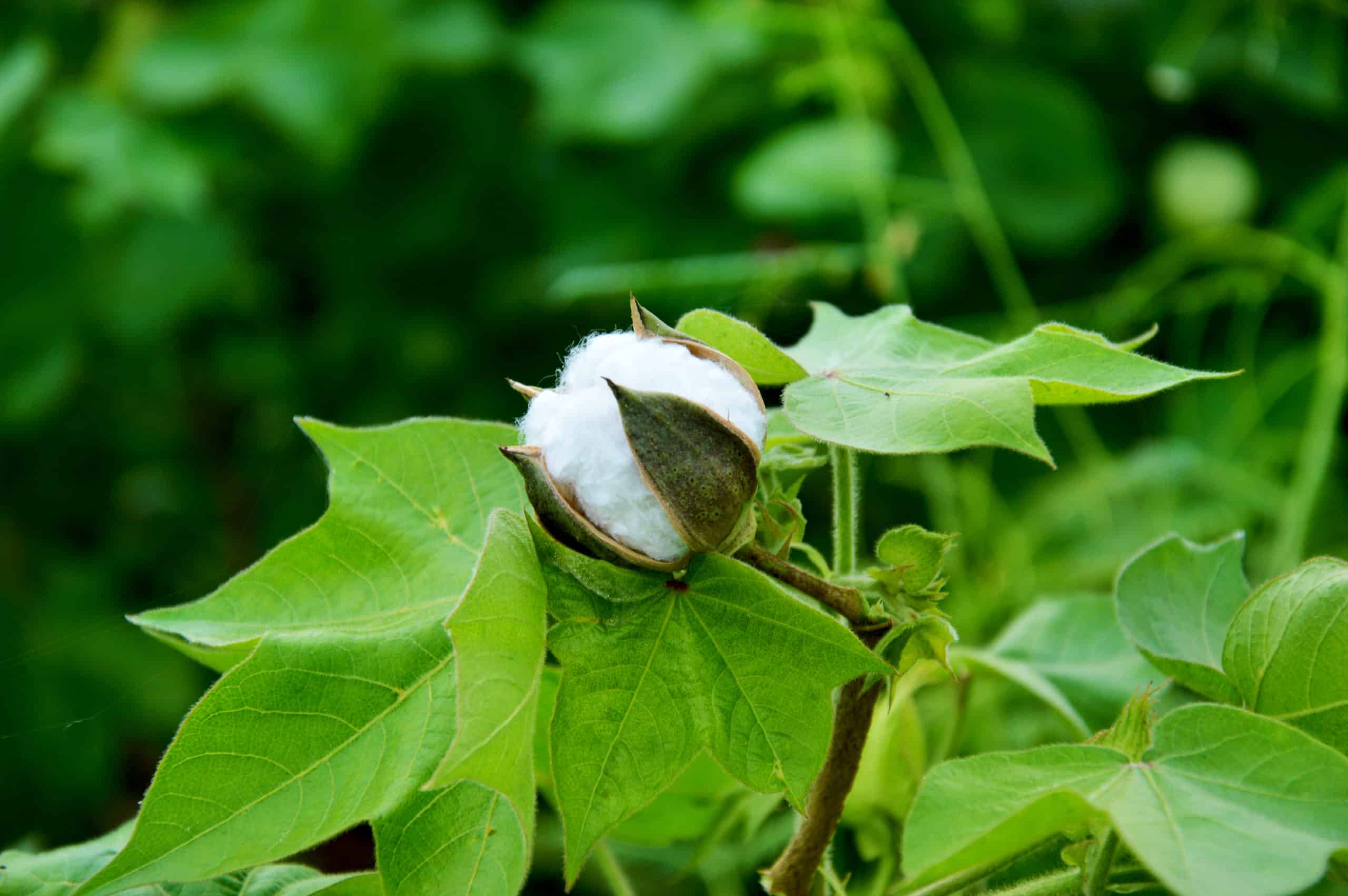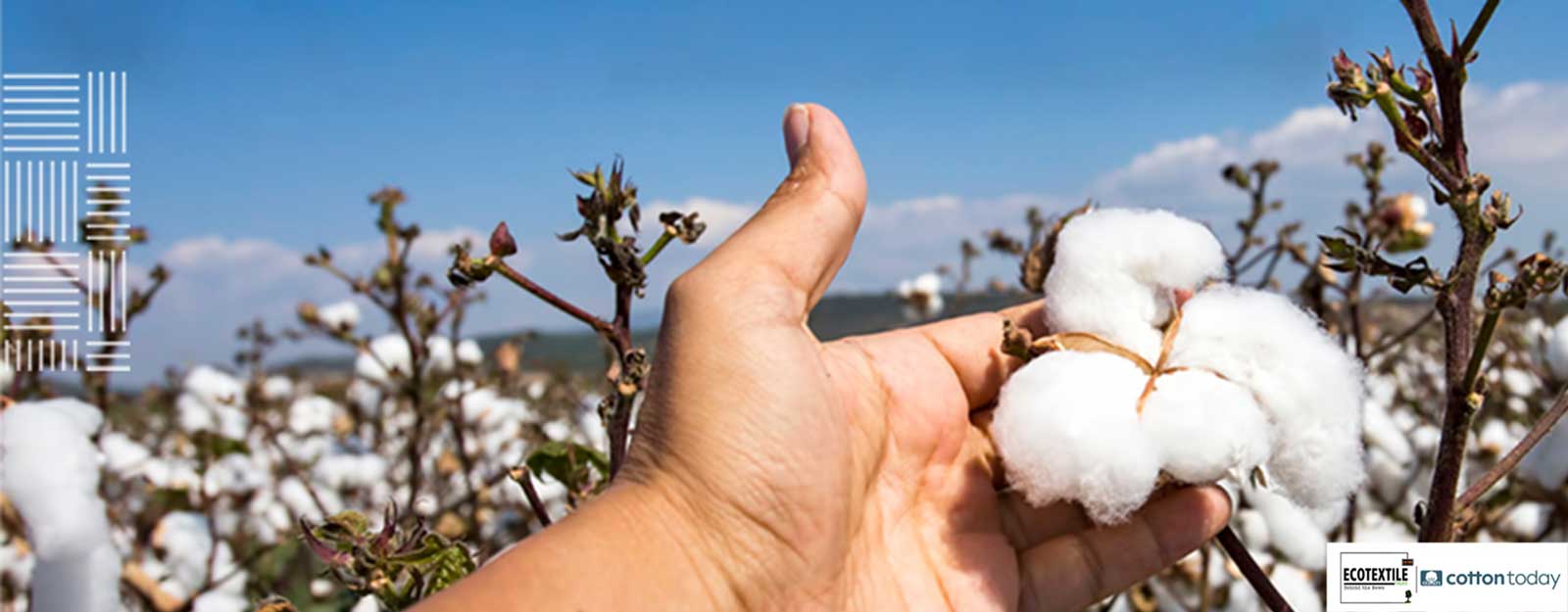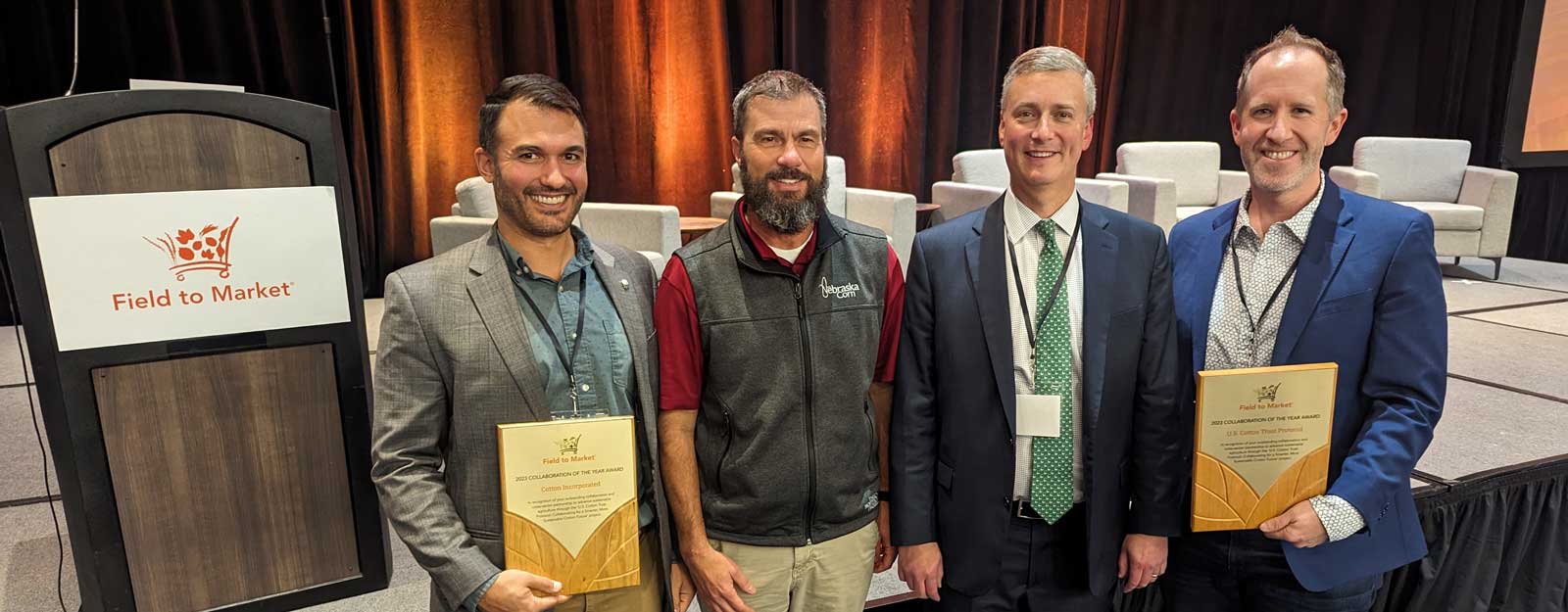On June 12, 2022 a New York Times article highlighted some of the difficulties and misconceptions of measuring environmental impacts in the fashion industry. Given Cotton Incorporated’s mission as a research organization, we’re encouraged to see discussion around measurement and data sources as it relates to sustainability claims. By examining the methodology and scope of sustainability metrics, we can continue to identify ways to measure environmental impacts more accurately. Accurate measurement plays a critical role in driving continuous improvement in sustainability and enable decision making that moves the needle in sustainability.
By examining some of the measurement and data underpinning sustainability claims, the New York Times suggests “the Higg Index is being used to portray the increasing use of synthetics use as environmentally desirable despite questions over synthetics’ environmental toll.” Synthetic, petroleum-based fibers like polyester can have damaging impacts on the environment – impacts that sometimes fall outside of the scope of some sustainability metrics. These measures also do not consider fabric end-of-lifecycle impacts, including the harmful impacts of microplastic accumulation in our water supply. [To read more about the impacts of microfibers, click here.]
The Times discusses why natural fibers can be a more sustainable alternative to synthetics but does state perceived downsides of fibers such as cotton and silk. To provide a balanced perspective and inform supply chain decision makers and consumers around cotton, it is important to provide further context on water and pesticide use in cotton cultivation. We hope that this scientifically supported and well cited information enables a more informed discussion in the ongoing dialogue around the environmental impact of fabrics.
The Facts on Cotton’s Water Use
- Cotton is a drought-tolerant plant. Most U.S. cotton is produced using only natural rainfall. In the U.S., 64% of cotton produced requires no irrigation, 31% receives supplemental irrigation, and only 5% is fully irrigated.[1]
- In the past 35 years, U.S. cotton producers have reduced their irrigation water use by 79% per bale.[2] The U.S. cotton industry set a ten-year sustainability goal to further decrease water use by 18% by 2025.[3]
- Water used for cotton production is not destroyed, rather it serves a beneficial purpose then becomes water vapor and clouds that eventually fall as rain in other regions.
- Cotton is produced on 3% of the earth’s agriculture land and consumes 3% of the agriculture water.[4]
U.S. Cotton growers are committed to using water responsibly through intelligent irrigation, water management practices that ensure water also benefits local ecosystems, and manufacturing processes that minimize water use or recapture water for reuse. At Cotton Incorporated, we support these efforts by directing research intended to continually improve irrigation efficiency and lower cotton’s environmental impacts.
You can read more about Cotton’s Water Sustainability Story at CottonToday.
The Facts on Pesticides
- Cotton is one of the lower users of agricultural pesticides, accounting for less than 5% of the world’s total pesticide sales.[5]
- Since Bt cotton – a cotton variety which naturally kills a variety of insects harmful to cotton – was introduced, it has driven down insecticide applications in the U.S. by 66% in terms of pounds/acre between 1994 and 2019.[6]
- While worldwide cotton production has risen, the total volume of insecticides used has declined.[7]
Utilizing integrated pest management, growers use pesticides in the most responsible and beneficial way prioritizing criteria such as profitability, safety, and sustainability. Integrated pest management helps growers carefully select the right pesticide for the right pests on the right crop, apply them only when and where necessary, and in the appropriate rates as suggested by the pesticide label.
You can read more about Cotton’s Pest Management practices at CottonToday.
As there’s increased attention and interest in sustainability across the fashion industry, it’s important to rely on facts and data, not outdated myths. While the New York Times correctly highlighted some of the challenges with the sustainability claims of synthetic fibers, we also need to include more up to date information about the sustainability progress of natural fibers like cotton and account for the complete lifecycle of fibers.

Jesse Daystar – Vice President, Chief Sustainability Officer
[1] United States Department of Agriculture National Agricultural Statistics Service. (2019). 2019 Agricultural Statistics. https://quickstats.nass.usda.gov/. United States Department of Agriculture National Agricultural Statistics Service (2018). 2018 Irrigation and Water Management Survey. www.nass.usda.gov/Publications/AgCensus/2017/Online_Resources/Farm_and_Ranch_Irrigation_Survey/fris.pdf.
[2] Field to Market: The Alliance for Sustainable Agriculture. (2016). Environmental and Socioeconomic Indicators for Measuring Outcomes of On-Farm Agricultural Production in the United States Field to Market. http://fieldtomarket.org/media/2016/12/Field-to-Market_2016-National-Indicators-Report.pdf.
[3] National Cotton Council, Cotton USA, Cotton Incorporated. (2018). U.S. Cotton Ten Year Sustainability Goals: Pathways to Progress. https://www.cottoninc.com/about-cotton/sustainability/cotton-sustainability/.
[4] 1: Hoekstra, A. Y. & Chapagain, A. K. (2007). Water footprints of nations: water use by people as a function of their consumption pattern. Water Resource Management, (21)1, 35–48.
[5] Phillips McDougall, (2017). World Pesticide Sales Data.
[6] Gould F, Brown S. B., Kuzma J. (2018). Wicked evolution: Can we address the sociobiological dilemma of pesticide resistance? Science 360, 728–732; Ervin D, Frisvold (2018). GB: Are Community Based Approaches to Manage Herbicide Resistance Wisdom or Folly? Choices, 31:1–8.
[7] Field to Market. (2020). Trends in Pest Management in U.S. Agriculture: Identifying Barriers to Progress and Solutions Through Collect Action. https://fieldtomarket.org/media/2020/02/Field-to-Market-Trends-In-Pest-Management-Report-Feb-2020_WEB.pdf.



